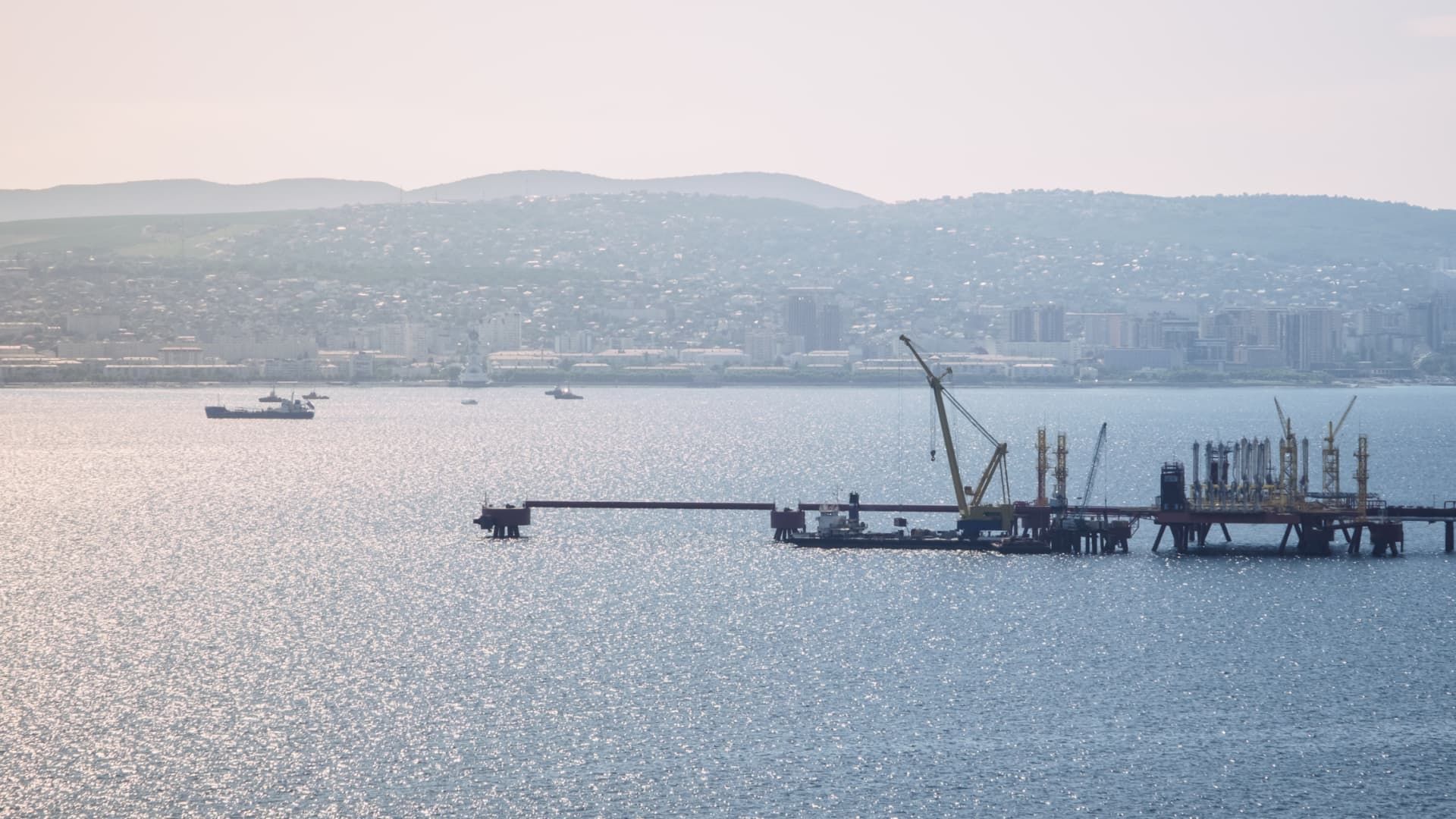Russia's crude price exceeds G7 price cap as market braces for supply crunch
Spot prices of Russia's crude oil this week surpassed the $60-per-barrel threshold of the Group of Seven's oil price cap scheme, as Moscow and Riyadh tighten supplies.
The G7 introduced its oil price cap mechanism on Dec. 5 to retain Russian flows in the market while also limiting revenue for the Kremlin's war coffers.
EU imports of Moscow's crude were banned that same month. Under the G7 scheme, Western shipping and insurance providers can offer services to non-G7 buyers of Russian crude if the crude oil is acquired at a price below $60 per barrel.
Prices for Russia's main export crude — the heavy-sulfur, "sour" Urals that loads from the Primorsk, Ust-Luga and Novorossiysk ports — this week exceeded that threshold for the first time since the price cap mechanism was implemented.
Spot assessments from commodities pricing agency Argus show that Urals prices on July 12 reached $60.18 and $60.78 per barrel for Primorsk and Novorossiysk-loaded cargoes, respectively. S&P Global Platts meanwhile valued Primorsk cargoes at $60.32 per barrel on July 11 and Novorossiysk Urals crude at $60.26 per barrel on July 12.
Several crude oil traders — who spoke to CNBC anonymously because of contractual restrictions — attributed the spot Urals price increase to underlying hikes in global oil prices, as Ice Brent futures with September expiry settled above $80 per barrel on July 12. The latest Thursday disruptions in Libya have sustained this level.
The Organization of the Petroleum Exporting Countries and the International Energy Agency forecast surging demand in the second half of the year.
On supply, some members of the OPEC+ group — comprising OPEC and its allies — are implementing 1.66 million barrels per day of voluntary production cuts until the end of 2024. Crowning this, Saudi Arabia announced an extra unilateral decline of 1 million barrels per day in July and August, while Russia committed to cut exports by an additional 500,000 barrels per day next month.
"With less supply from OPEC+ during the demand-heavy summer months, we expect larger oil inventory declines to become visible and support oil prices," UBS Strategist Giovanni Staunovo said in a Thursday note.
Urals values also rose as "an ongoing impasse between Turkey and Iraq, blocking some 450,000 b/d of sour Kurdish crude flow via Ceyhan is supporting sour crude values," S&P Global Commodity Insights told CNBC by email.
Lower U.S. inflation has lightened some of the macroeconomic concerns that have been weighing on the crude complex over the year.
"The US Fed may now be able to scale back its program of interest rate hikes, even if they're still likely to proceed with a hike in July. That has already begun to weigh on the US dollar while at the same time allowing a rally in equities. Finally, we had some pretty chunky Chinese commodity import data today for June, not least strong crude imports," Argus Chief Economist David Fyfe said by email.
Source: CNBC


